“For me, insanity is super sanity. Normal is a sick psychosis. Normal means lack of imagination, lack of creativity “© Jean Dubuffet
Jean Philippe Arthur Dubuffet (1901-1985) was a French painter and sculptor. His idealistic approach to aesthetics was drawn to the so-called “low art”. He eschewed the traditional standards of beauty in favor of what he was striving for, namely, the authenticity of the humanity of his work.
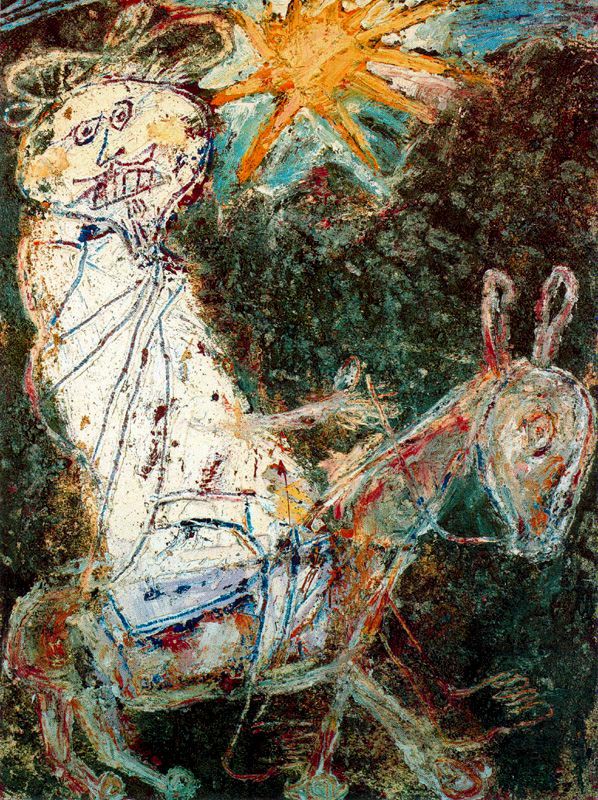
To many he is known, first of all, as the founder of Art Brut – the unprofessional art of children, self-taught and mentally ill – and the collection of works of the Collection de l’art, which gave rise to this movement.
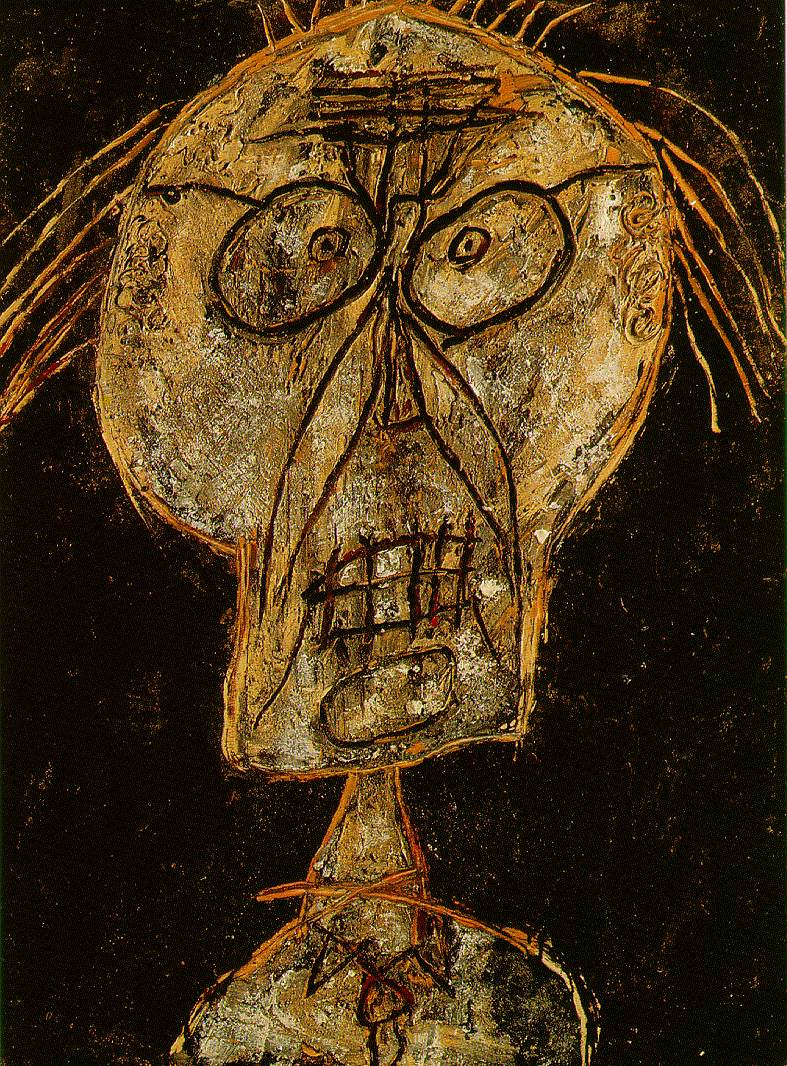
Dubuffet was born in Le Havre in a wealthy family of wine merchants. He moved to Paris in 1918 to study painting at the Academy of Julian. There he met Juan Grisom, Andre Masson and Fernand Leger, who became his close friends. Six months later, Jean dropped his studies to study independently, as he had many other interests, including music, poetry and the study of ancient and modern languages.
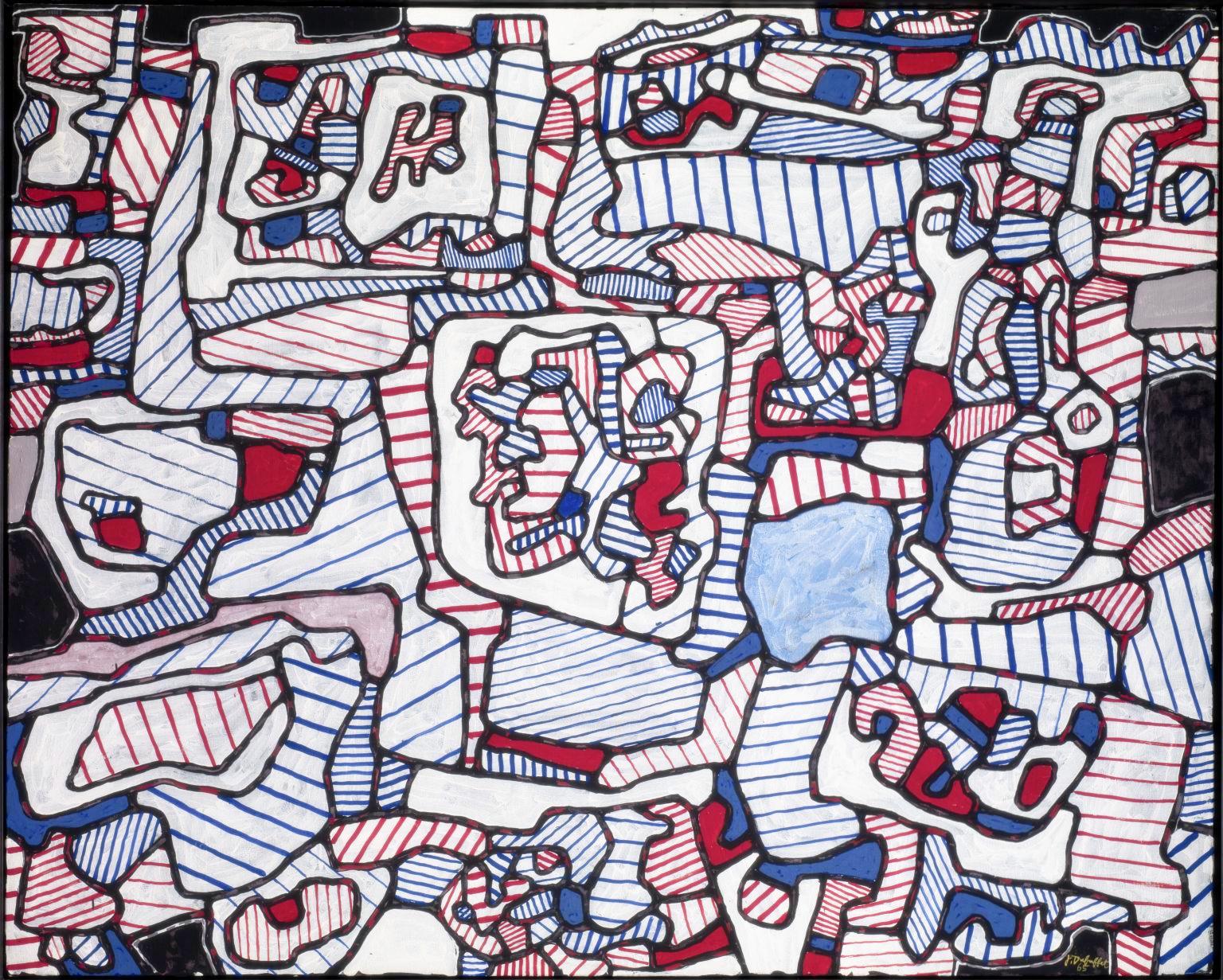
Jean Dubuffet traveled a lot in Italy and Brazil, but still seven years later he returned to Le Havre, where he married and continued his father’s business – he opened a wine shop in Paris, which existed until 1934. At home, he again began to create – he wrote a number of portraits, in which he stressed the importance of fashion in the history of art. But the wine trade did not leave free time, and Dubuffet again abandoned creativity. During the German occupation of France, he had a business in Bercy. Several years later, in an autobiography, he even wrote about the fact that he received a substantial profit by supplying wine to the Wehrmacht.
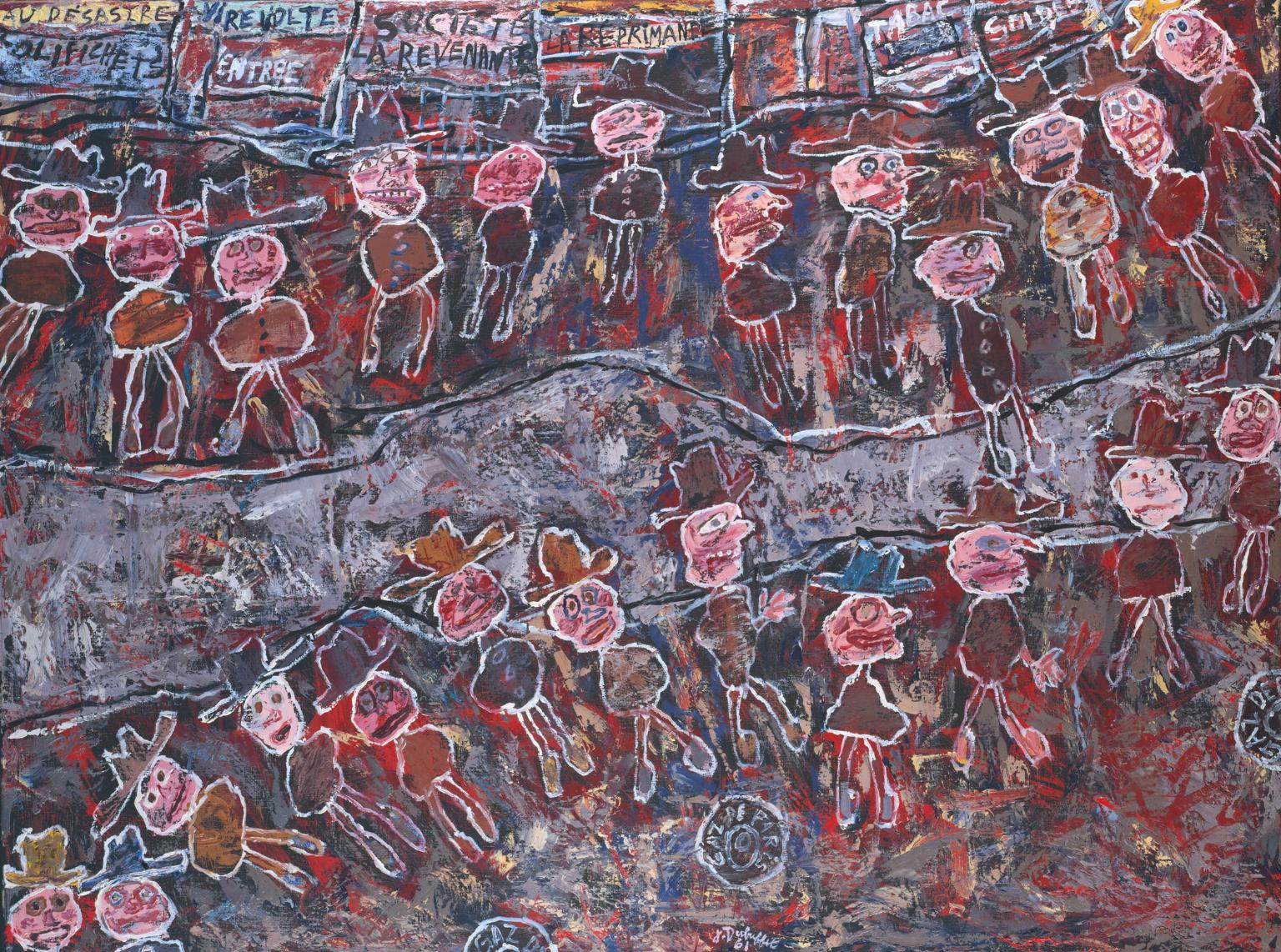
In 1942, Dubuffet decided to return to art. He chose everyday life for his work, most often people traveling in the Paris metro or strolling around the city. The artist wrote, drawing on the palette of Fauvism, as well as the painters of the group “Bridge” (Brucke), using their inherent combinations of contrasting colors. Many of his works portrayed people caught in a very tight space, which always had a strong psychological impact on the audience. Especially it is felt in his work “Lessons of Botany” (Lecciones Botanica, 1924-1925).
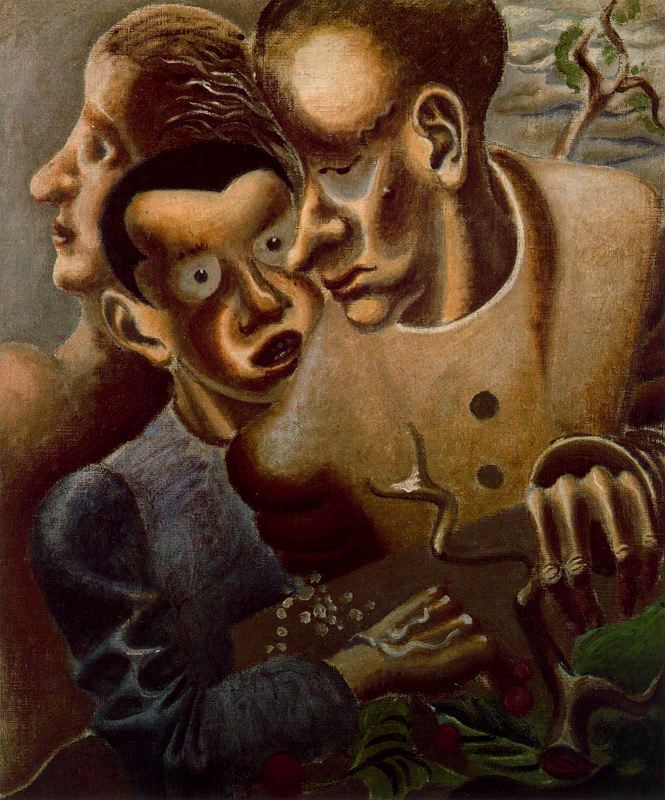
To many he is known, first of all, as the founder of Art Brut – the unprofessional art of children, self-taught and mentally ill – and the collection of works of the Collection de l’art, which gave rise to this movement. Dubuffet was born in Le Havre in a wealthy family of wine merchants. He moved to Paris in 1918 to study painting at the Academy of Julian. There he met Juan Grisom, Andre Masson and Fernand Leger, who became his close friends.
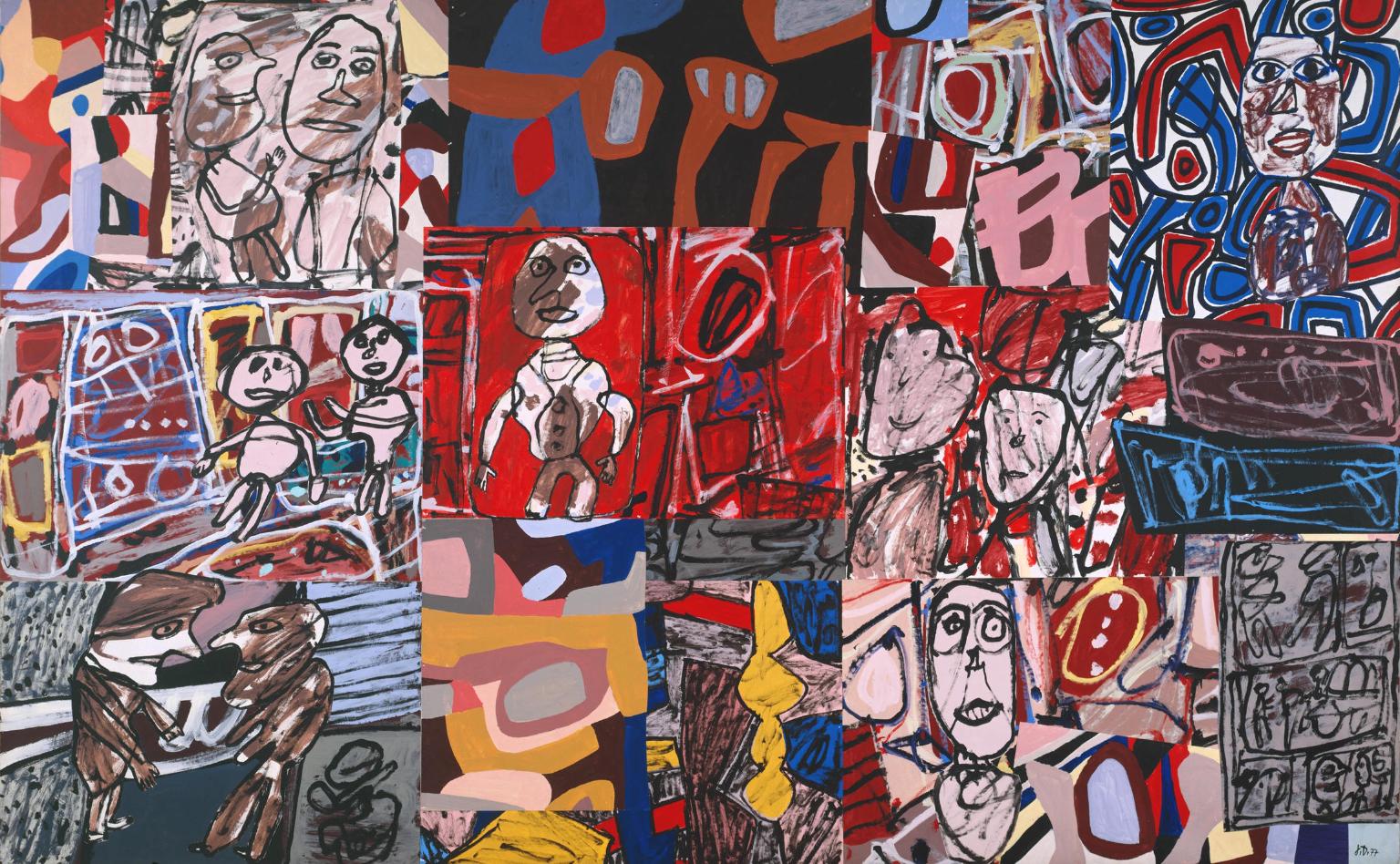
Six months later, Jean dropped his studies to study independently, as he had many other interests, including music, poetry and the study of ancient and modern languages. Jean Dubuffet traveled a lot in Italy and Brazil, but still seven years later he returned to Le Havre, where he married and continued his father’s business – he opened a wine shop in Paris, which existed until 1934. At home, he again began to create – he wrote a number of portraits, in which he stressed the importance of fashion in the history of art. But the wine trade did not leave free time, and Dubuffet again abandoned creativity.
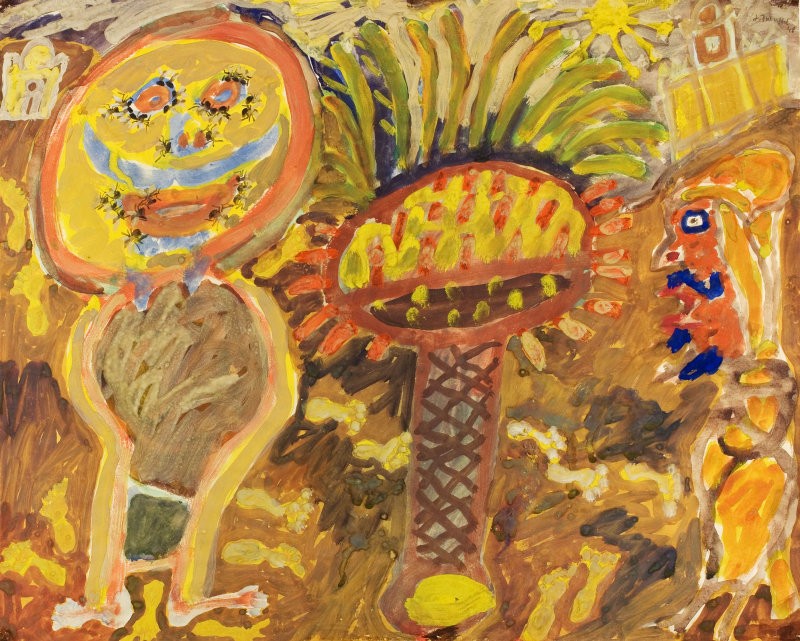
During the German occupation of France, he had a business in Bercy. Several years later, in an autobiography, he even wrote about the fact that he received a substantial profit by supplying wine to the Wehrmacht. In 1942, Dubuffet decided to return to art. He chose everyday life for his work, most often people traveling in the Paris metro or strolling around the city. The artist wrote, drawing on the palette of Fauvism, as well as the painters of the group “Bridge” (Brucke), using their inherent combinations of contrasting colors. Many of his works portrayed people caught in a very tight space, which always had a strong psychological impact on the audience. Especially it is felt in his work “Lessons of Botany” (Lecciones Botanica, 1924-1925).






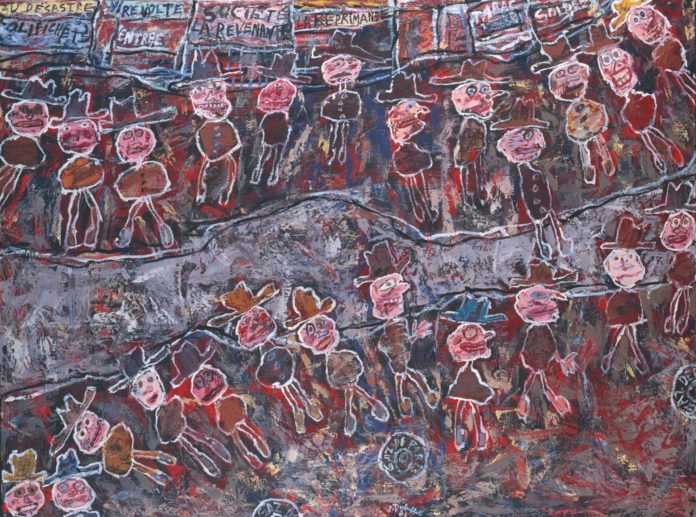








![When Is the Worst Time to Dump an Artist? [Cartoon]](https://usaartnews.com/wp-content/uploads/bs19X0PxsKozJgbiC8vi2qfEFE980Xw3SZztJISP-80x60.jpg)









